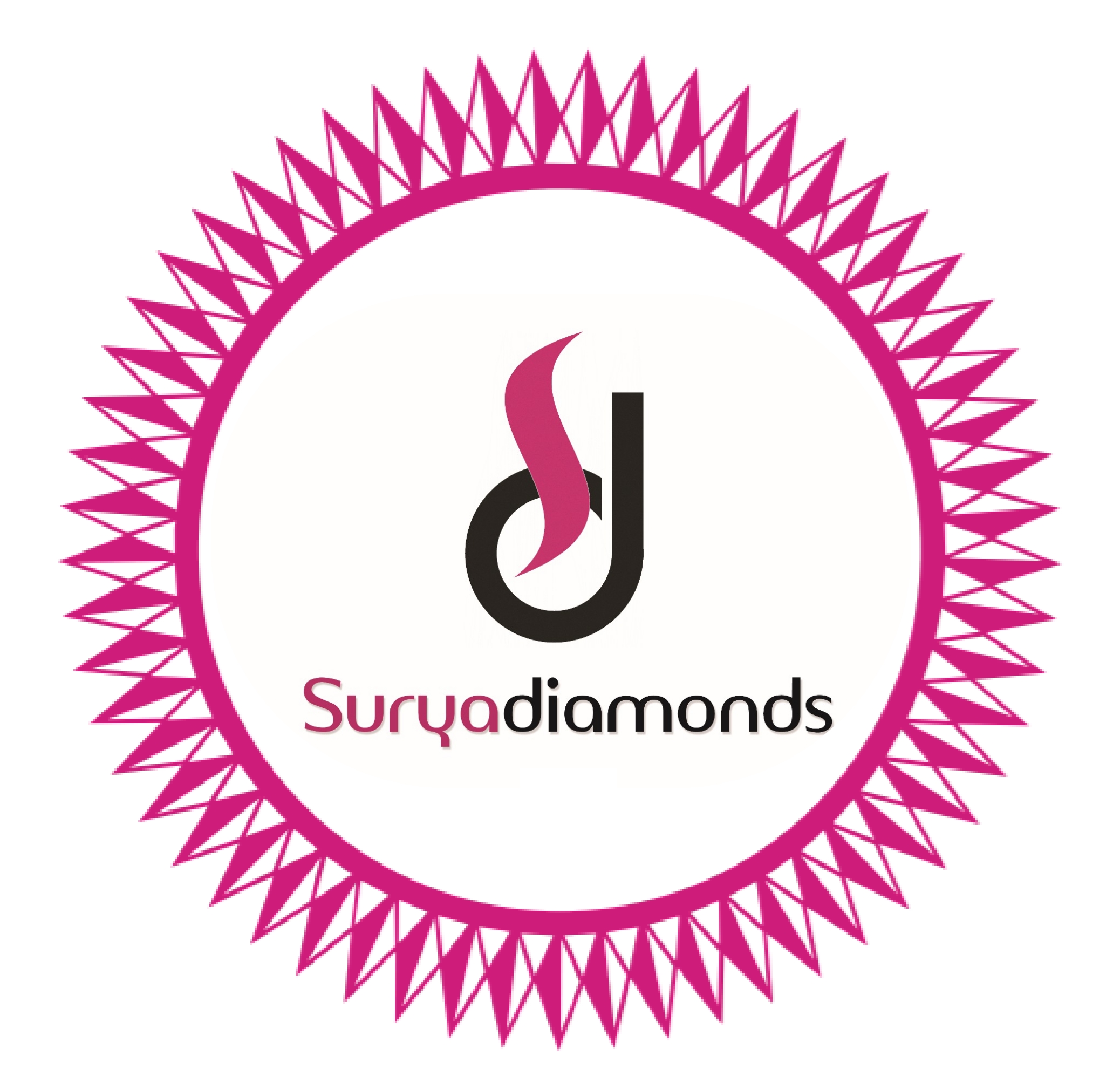GEM TESTING LAB
Synthetic & treated Gem Identification course gives a basic introduction to Synthetic and Treated gems. Considering the heavy demand from the industry and general public, Surya institute of gemology has designed short term courses for identification of gemstones, treatments, as well as further education courses in Gemmology.
Having a collection of over a thousand rough and cut stones, this course offers students a rare opportunity to examine the entire major synthetic and treated gem varieties found within the marketplace.
Being able to identify synthetic and, especially, treated materials is a vital aspect of the modern gem and jewelry industry and many gem dealers have lost large sums of money by buying such stones as natural Gem stones.
Key areas of exposure:
- Introduction to synthetic and treated gems identification system. Basic qualities; Chemical composition; Weights and measures.
- Physical properties: Hardness; Cleavage; Special Gr
- Optical properties : Colour; Transparency; Visible Spectrum; Light Reflection; Total Internal Reflection; Single and Double Refraction; Dispersion; Polarization; Refractive index and its determination by Refractometer; Reflectivity; Reflectometers.
- Colour and causes of colour: Pleochroism; Interference; Lustre; Sheen; Opalescence; Adularescence; Iridescence; Asterism.
- Synthetics, composites and imitation gemstones and plastics: Different methods of manufacture; Characteristics; Identification.
- Fashioning Of Gemstones: Procedures, processes and equipment used in cutting of diamonds and other stones. Different styles of cutting. Grading gemstones for quality of cutting.
- Treatment of Gemstones: Dyeing, Coating, Heat Treatment, Irradiation, Waxing, fracture filling, oiling, laser drilling, HPHT, diffusion, mass diffusion, graphitisation, composite stones, glass filling.
- Thermal conductivity and Thermal probes.
- Marketing aspects : Gem & Jewellery industry an overview, analysis of prospects and problems of various sectors such as precious/semi precious, diamonds, pearls, synthetic, imitation, jewellery studded and plain gold.
- Export procedures and formalities.
Practical lab work is most important module of synthetic and treated gem identification course. This gives hands on experience for each and every student who completes the theory classes and goes through various paper work and exercises.

- Observation of external features (cut, colour, fractures, etc.) Of a gemstones using a 10x lens;
- Observation of external symmetry, surface marks and cleavage of various crystals and their identification;
- Determination of hardness on Moh’s Scale using hardness pencils and hardness plates;
- Determination of specific gravity by hydrostatic weighing method and by using heavy liquids;
- Measurement of refractive indices and birefringence tests using a gem-testing refractometer;
- Detection of double refraction, interference figures and internal strain with the polariscope.
- Detection of double refraction, by observing pleochroic colours with the dichroscope and 10x lens. Identification of gemstones on the basis of pleochroic colours.
- Study of the absorption spectra of various gemstones using a direct vision spectroscope.
- Study of the fluorescent colours exhibited by various gemstones under ultraviolet (long wave and short wave) light;
- Observation of the internal features of various natural and synthetics gemstones with a microscope.
- Use of colour filters in detecting synthetic gemstones.
- Identification of unknown gemstones using the above techniques. During the course each student individually practices and handles hundreds of gemstones.
- Visual Identification of various gemstones by its crystal system and other external properties.
- Various types of cuts and introduction to how to cut gemstones.
- Detection of treatments on gemstones.
- Determination of origin of gemstones.
Examination System:
Every student has to undergo the following examination system to obtain credits
- Theory Part – 50 Marks ( Pass with 35 marks )
- Practical Part – 100 Marks ( Pass with 100/100 marks )
